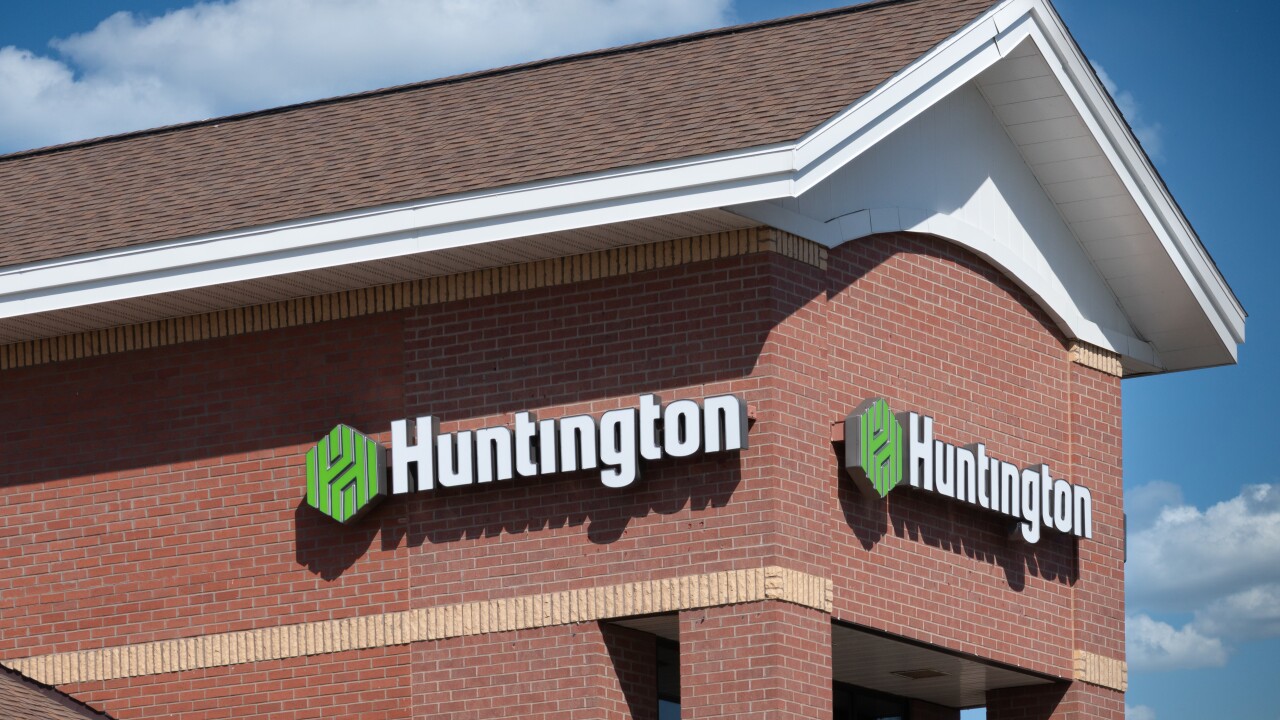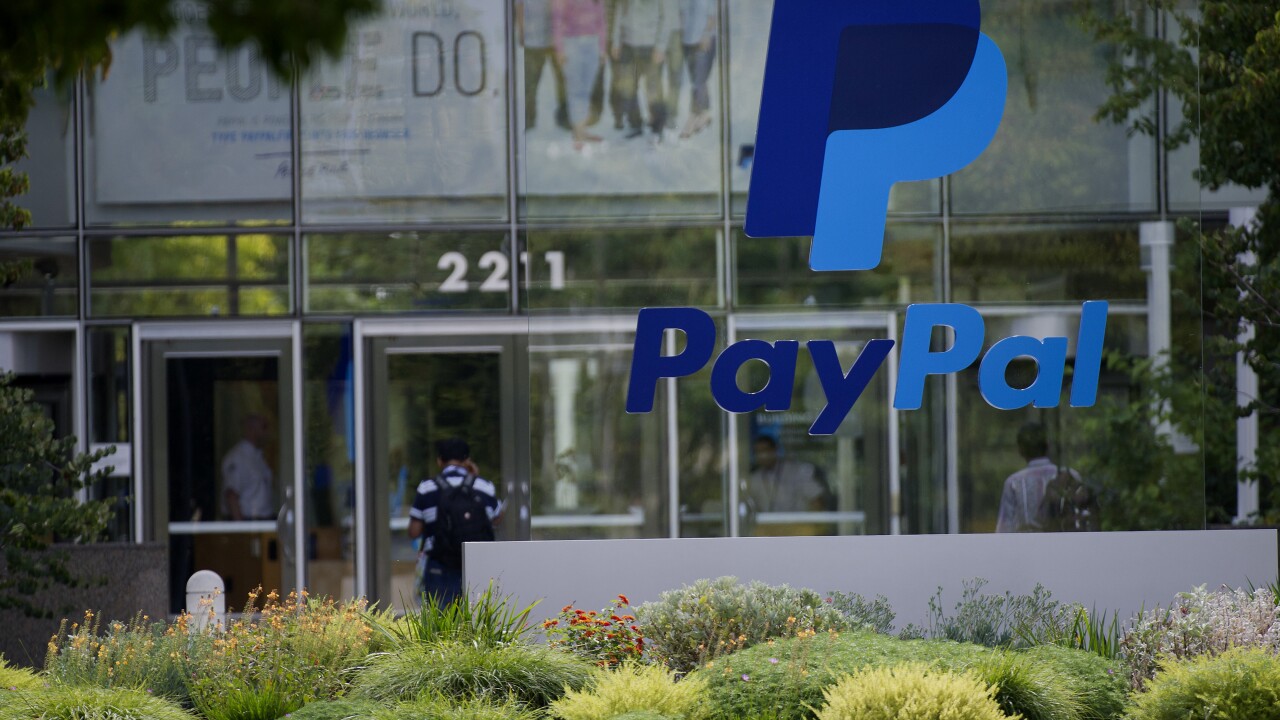At most merchants, mobile wallets have been a solution in search of a problem. But at the pharmacy, every customer already has a problem — possibly several problems — they want to address before they even think about how they want to pay.
Health care is a notoriously tedious and bureaucratic industry, even when it comes to simple tasks like refilling a prescription. CVS Pay, announced today, recognizes that the biggest pain point in CVS stores is not the process of moving money, but the many other interactions that occur at the point of sale.
A customer getting medicine may need to provide a prescription, ID, birth date PIN, loyalty card and other information before they even get to the payment. By putting all of these things into a mobile app,
"For mobile wallets to succeed, friction needs to be reduced and value needs to be added. It looks like CVS is doing both," said Thad Peterson, a senior analyst at Aite Group. "Linking the pharmacy to the app is also a value add, again, simplifying the customer's shopping and buying experience."
This is especially important for CVS, has focused far more of its mobile development to non-payment services. In 2013, it introduced a
"We see the biggest competitive factors being the ease of use and all-in-one integration," said Brian Tilzer, CVS' chief digital officer, in an email provided by the pharmacy chain's external media representative. Tilzer added the pharmacy chain would consider other transaction technology such as NFC in the future." By including prescription pickup, [marketing] and payment in one easy scan, we believe we will drive further loyalty amongst our customers. "
Walgreens, a CVS competitor, has taken a similar approach to mobile technology. Its 2011 "
The payment is a vital part to any such innovation, but it is not an easy part to bring to market. Two gigantic brands, Walmart and Apple, have both had problems getting consumers on board with their branded mobile payment systems.
"One of the challenges for mobile wallets since their creation has been the customer value proposition. It's hard to get a customer to change their purchasing behavior without a good reason," Peterson said.
CVS will rely on its customers' existing use of digital technology to drive adoption of its mobile payments app, according to Tilzer, who said "millions" of customers are already using CVS' digital options.
"CVS Pay streamlines in-store and drive thru transactions by making consolidating loyalty rewards, prescription pickup, and payment, all in one scan," Tilzer said in the email. "It also works with other features in the CVS Pharmacy app – like Mobile Prescription Pickup – to offer a simple and end-to-end experience. With CVS Pay, our customers get a convenient and integrated experience that simplifies the entire checkout experience. "
The CVS Pay feature is designed to tie into other interactions that come before the payment. In this way, it is similar to the wildly successful
Starbucks credits the success of its mobile payment offering to the success of its loyalty offering, and CVS has a similarly strong foundation to build upon.
"CVS has a robust loyalty program and adding the capability to integrate its loyalty and offers into a single transaction at the moment of payment is real value, simplifying the transaction and increasing access to value for the customer," Peterson said.
By adding its own mobile payment function, CVS is in some ways following the increasing number of
"I've always argued that certain merchants, particularly those with a large and loyal customer base, would want to have their own app, where they are in control of the digital experience they provide to those customers," said Zil Bareisis, a senior analyst at Celent. "Adding payments capability to that app makes sense as it closes the loop. It's particularly effective when the app can do more than just payment. In CVS' case, the ability to manage and pick up prescriptions as well as loyalty points in a single scan delivers a richer customer experience, and arguably differentiates it from the more generic pay only solutions."
Ultimately, CVS Pay's success will depend as much on the app's security as it does on the app's ability to reduce friction for consumers.
"Medical data is probably the only piece of personal data that's more sensitive than financial data," said Gareth Lodge, a senior analyst at Celent. "The app should not handle either, let alone both, if the app is not secure enough."





